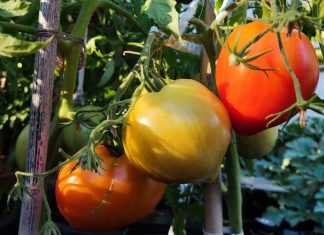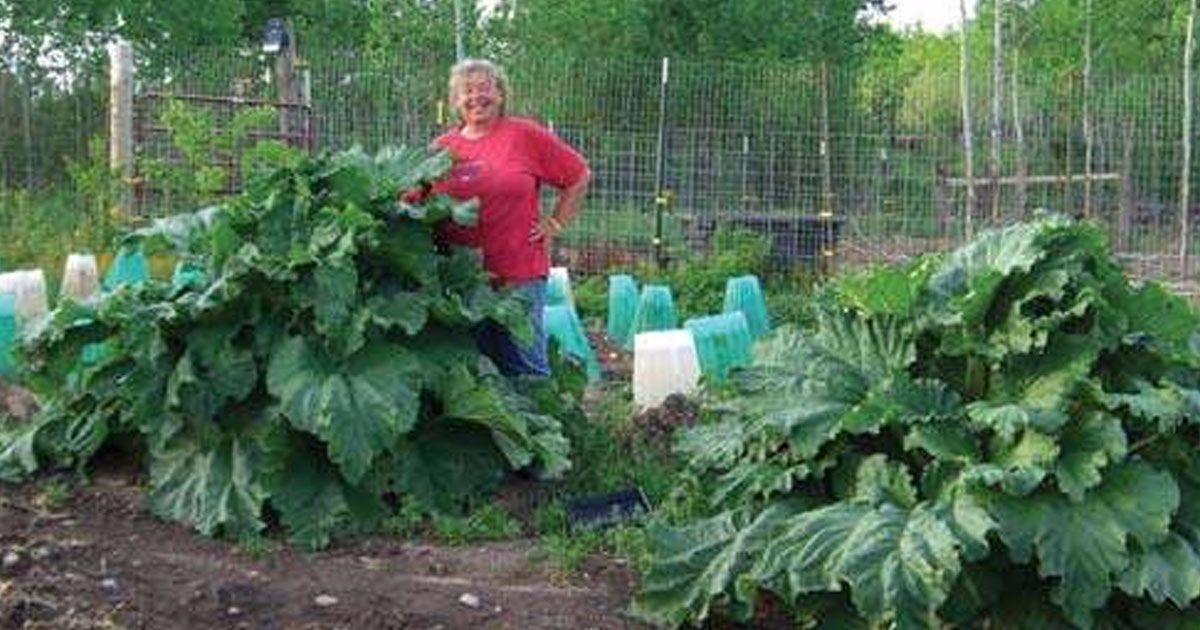Love growing herbs? Get acquainted with the best 11 Fragrant Mint Varieties for your herb garden indoors or outdoors.
Explore the aromatic world of mint with these 11 Fragrant Mint Varieties for Herb Garden. Each mint type boasts a unique scent, from refreshing peppermint to chocolatey notes and citrusy hints. Learn how to cultivate these delightful herbs and elevate your culinary creations.
Fragrant Mint Varieties
- Peppermint
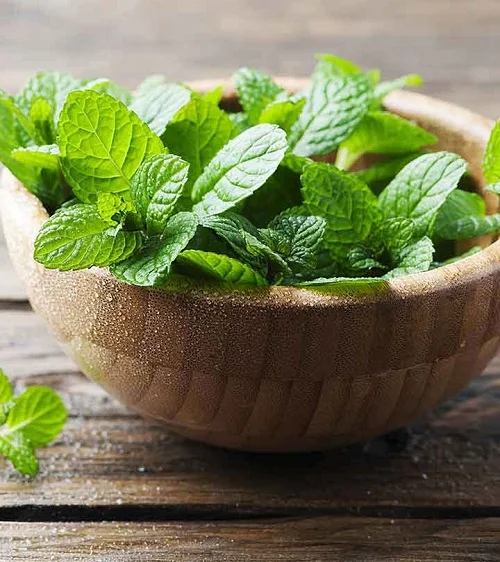
Botanical Name: Mentha × piperita
Peppermint is perhaps the most well-known mint variety, known for its strong, refreshing peppermint scent. You can grow it in small but wider pots or raised beds, but don’t forget about its invasiveness.
Uses: It’s widely used in teas, culinary dishes, and aromatherapy. Peppermint oil also has many uses in the garden; check details here.
Fragrance Note: Menthol and refreshing mint
- Spearmint
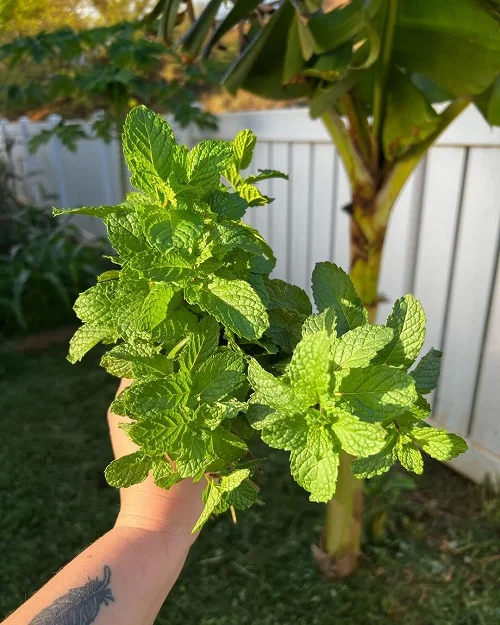
Botanical Name: Mentha spicata
Spearmint is the most used herb in the kitchen, compared to peppermint; this one is known for its less prominent but refreshing, sweet aroma with a hint of spiciness.
Uses: This versatile herb is suitable to flavor beverages, salads, desserts, and many main course dishes, making it a beloved choice for both cooking and herbal remedies.
Fragrance Note: Sweeter, milder aroma
- Chocolate Mint
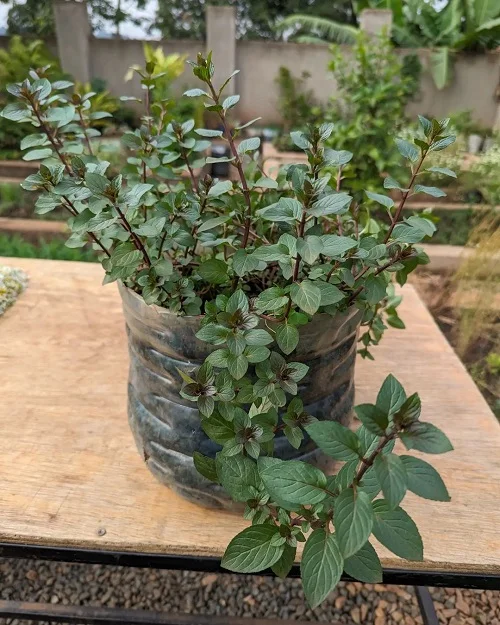
Botanical Name: Mentha × piperita f. citrata ‘Chocolate’
This mint variety is distinguished by its delightful chocolatey aroma and striking dark-green to purple-tinged leaves on the chocolate-colored stems.
Uses: It is popular for flavoring desserts, hot chocolate, and beverages, adding a sweet and minty chocolate note to culinary creations, and serving as a charming addition to herb gardens or containers.
Fragrance Note: Chocolate-mint
- Orange Mint

Botanical Name: Mentha aquatica var. citrata
As the name suggests, orange mint is known for its vibrant, citrusy scent reminiscent of fresh oranges.
Uses: This aromatic herb not only enhances teas and fruit salads but also serves as an invigorating garnish, bringing a delightful hint of citrus to culinary creations and making it a favorite choice in gardens and kitchen windowsills.
Fragrance Note: Citrusy
- Lavender Mint
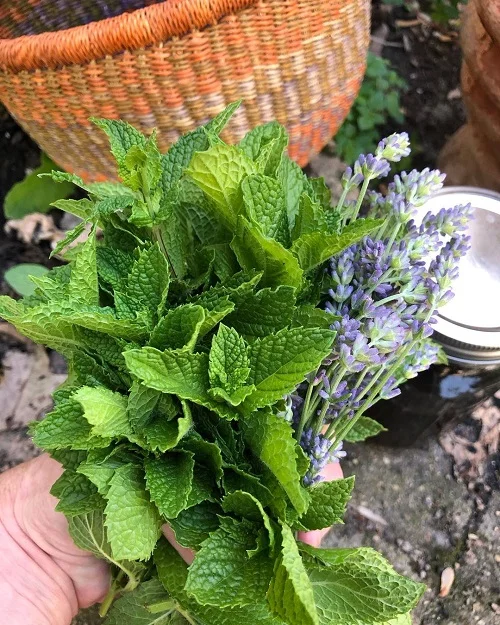
Botanical Name: Mentha × piperita ‘Lavender’
Lavender mint combines the soothing aroma of lavender with the freshness of mint.
Uses: This unique herb is ideal for making herbal teas, adding a delightful twist to your recipes. It’s often used in teas and potpourri!
Fragrance Note: Mint and lavender
- Pineapple Mint
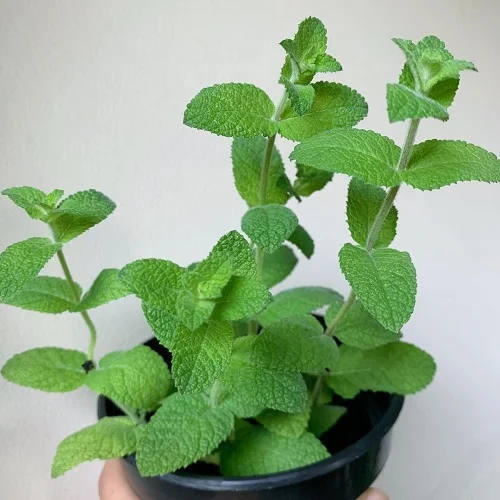
Botanical Name: Mentha suaveolens ‘Variegata’
This mint variety features a pineapple-like scent that adds a tropical twist to your garden with its striking variegated leaves that combine shades of green and creamy white.
Uses: This aromatic herb infuses a gentle pineapple-like note into beverages, desserts, and fruit salads.
Fragrance Note: Pineapple-like scent
- Apple Mint
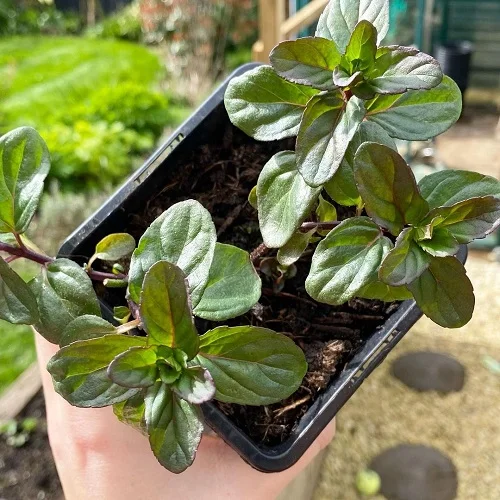
Botanical Name: Mentha suaveolens
Apple mint, also known as woolly mint, is characterized by its appealing apple-like aroma and hairy leaves with toothed edges.
Uses: It’s a great choice for herbal teas, fruitful flavor dishes, mojitos, and potpourri.
Fragrance Note: Apple-like aroma
- Basil Mint
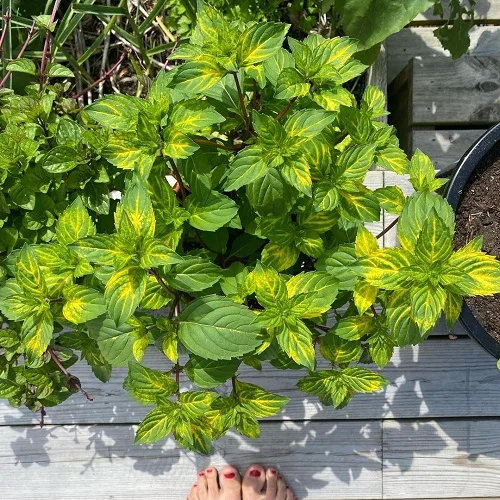
Botanical Name: Mentha × piperita ‘Basil’
Basil mint combines the scents of basil and mint, resulting in a unique and refreshing combination.
Uses: This unique herb adds an amusing basil-inspired twist to culinary creations, making it a favored choice for flavoring salads, sauces, and beverages while offering ornamental value in gardens and pots.
Fragrance Note: Spicy notes of basil with the coolness of traditional mint
- Ginger Mint
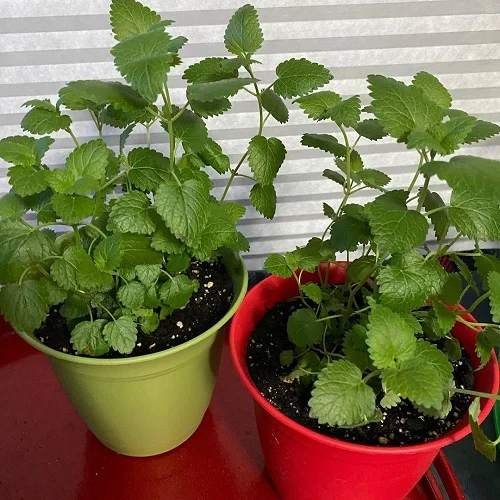
Botanical Name: Mentha × gentilis ‘Variegata’
Ginger mint offers a spicy, ginger-like scent that’s both invigorating and aromatic. It features variegated leaves.
Uses: It offers a pleasant ginger-like fragrance, making it suitable for culinary use, herbal teas, and aromatic gardening.
Fragrance Note: Ginger-like aroma
- Lemon Mint
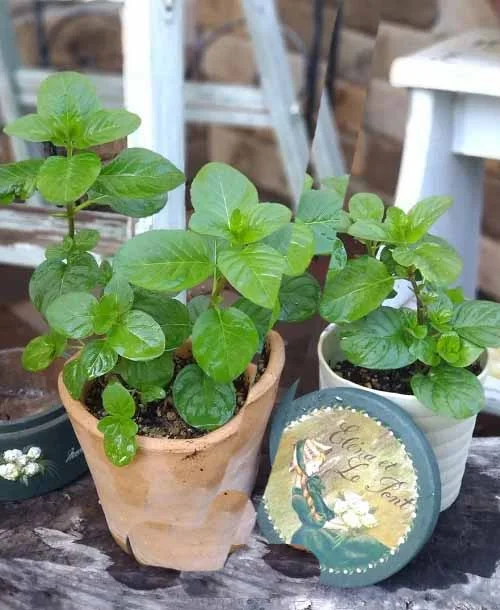
Botanical Name: Mentha × piperita ‘Citrata’
Mentha × piperita ‘Citrata,’ also known as Citronella mint, features leaves with a citrusy aroma reminiscent of lemons.
Uses: This mint variety is often used for making teas, imparting a delightful lemon grass like note to beverages and culinary dishes, and acting as a natural pest repellent due to its citrusy fragrance, which helps deter insects.
Fragrance Note: Zesty, citrusy
- Eau de Cologne Mint
Botanical Name: Mentha × piperita ‘Eau de Cologne’
Named after the famous fragrance, this mint variety has a pleasant, refreshing perfume reminiscent of cologne. If you love 😍 fragrant plants, this is a must-grow in your to-be mint garden.
Uses: Its scented leaves are commonly used commercially in cosmetic products and perfumes. But you can also add it to salads, cocktails, or desserts.
Fragrance Note: Citrus and peppermint
When To Grow Mint
- You can grow mint year-round indoors, but if you live in a really cold climate it is best planted in the spring once the last frost has passed. You can sow seeds or use cuttings from existing mint plants.
- It’s essential to know that mint can be quite invasive, so consider planting it in a pot to control its spread.
- Mint is a hardy plant but prefers warm weather. When cold weather approaches, typically in the mid-fall, you can simply bring the pot indoors to a sunny windowsill or a bright room, and it will continue growing indoors during the winter months.
Container Size for Growing Mint
- The ideal container size for growing mint depends on the number of plants and the specific varieties you plan to cultivate.
- Choose a pot with drainage holes with a minimum depth of 6 to 8 inches and width as much as possible.
- Vertical planters and hanging baskets are also options, as all types of mint varieties are super easy to grow.
- You can also utilize railing planters and window boxes for growing mint plants and creating an amazing mint garden.
please rewrite and rephrase this article in french , make the article unique and original, similar in length and paragraphe

